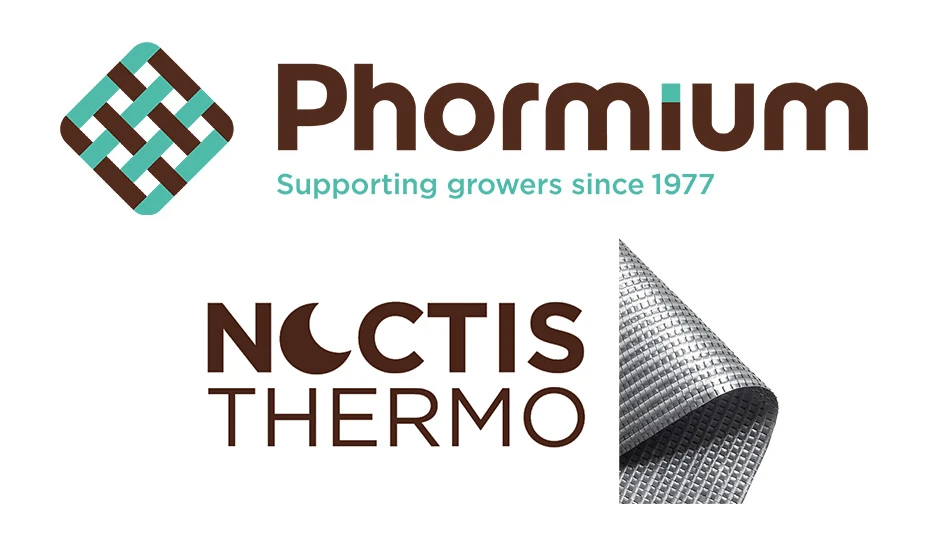
When you hear “primula,” what comes to mind? The most widely grown primrose is the common primrose, Primula vulgaris (sometimes called P. acaulis). Other cultivated primulas include fairy primrose (P. malacoides), German primrose (P. obconica), and polyantha primrose (P. × polyantha, a hybrid between P. vulgaris and P. veris). These primroses are all in the same genus and while they do have some similarities, there are also some differences between them. Common and polyantha primroses have somewhat oblong leaves that are darker green in appearance. Alternatively, the fairy and German primroses have more round foliage with a slightly lighter green color compared to the common and polyantha primroses. The inflorescences also vary among the cultivars. Common primrose has the widest variety of colors available, while the other cultivars don’t have quite the same range.

Before producing any flowering potted plant, it is important to understand what controls flowering, as many as four crop schedules will revolve around target finish dates. Just like the ornamental characteristics of primroses differ, so does what controls flowering. For the common and polyantha primroses, six weeks of cooling between 45 and 50 F induces flowering, with long days and increasing the DLI further promoting it. German primrose is also stimulated to flower when exposed to air temperatures between 59 and 65 F, but is day neutral and will flower under long or short days. While fairy primrose has historically been classified as a short-day plant, newer cultivars have demonstrated day neutral and even long day flowering responses. Always look to the technical sheets for specific details on flower induction for specific series.
Primula grow best in cool air temperatures and moderate daily light integrals (DLI). Aside from those temperatures used for vernalizing plants to induce flowering, plant quality is better when crops are finished at or below 68 F. While they are tolerant of temperatures down to the low 40s, temperatures this cold should be used for forcing after flower induction since it can increase bench time more than necessary. Increasing the DLI up to 10 mol·m–2·d–1 improves the final plant quality. Supplemental lighting can be useful in winter, it can also be used to help extend the day and promote flowering. Alternatively, some shade may be needed during late spring, summer and early fall to reduce light intensity to 600 µmol·m–2·s–1 or lower to avoid damage to foliage.
Primula grow best in soilless substrates with a slightly lower-than-average pH, between 5.5 and 6.0. Substrates with a high percentage of peat moss not only help maintain appropriate moisture levels, but also a lower pH. Primula are lighter feeders and should be fertilized to maintain a rootzone electrical conductivity (EC) of 1.0 to 2.5 mS/cm. Although primula grow best with a more acidic substrate pH, they are best fertilized with products that have a higher proportion of nitrate.
Using fertilizers with higher proportions of ammonium could lead to ammonium toxicities under the cool air temperatures used for vernalization and forcing. Providing more nitrogen early in production can help bulk up the foliage before flower induction. Irrigation can be a challenge under low light intensities and cool air temperatures. While wet and dry cycles can be important for crops, don’t dry crops down too hard.

Leaf scorch is a marginal necrosis that can develop on leaves and is the result of a calcium deficiency. Calcium deficiency in primula plants can be the result of insufficient calcium levels. Using fertilizers with a higher proportion of nitrate usually results in more calcium being provided to plants, as calcium nitrate is a common nitrogen source for these formulations. High-nitrate formulations are commonly used for primula. A calcium deficiency can also occur when there is insufficient transpiration and water uptake to bring calcium into the plant, and this can occur under conditions common for primula production: cool air temperatures, low light and high humidity.
Primula can also develop interveinal chlorosis from iron deficiency. Like calcium deficiency, it can be caused by different factors. If substrate pH is too high, there may be iron in the rootzone but with limited availability at the higher pH levels.
Alternatively, iron may be available in the rootzone but uptake diminished if the substrate is too wet or temperatures too cool. While iron chelate is useful in correcting the symptoms of iron deficiency, be sure to rinse off excess solution on foliage after application to avoid burning or phytotoxicity.
Most primula don’t require any growth regulation. However, if some size control is desired — especially controlling flower stalk height — daminozide foliar sprays using concentrations between 1,000 and 2,000 ppm are useful.
While fungus gnats can be a problem if the crops are grown too wet and thrips can also be problematic, aphids are going to be the biggest pest to monitor primula for. Pathogens such as Pythium and Botrytis can also be problematic, especially when the substrate is too wet and the greenhouse too humid, respectively.
The bright colors of primula flowers are a great addition to any winter. Their cool production temperature requirements make them a good low-energy alternative to other warmer-growing crops. Hopefully the tips outlined here help improve your primula crop.

Explore the October 2023 Issue
Check out more from this issue and find your next story to read.
Latest from Greenhouse Management
- This month's Greenhouse Management magazine is about native plants and sustainability
- The HC Companies, Classic Home & Garden merge as Growscape
- Terra Nova releases new echinacea variety, 'Fringe Festival'
- Eason Horticultural Resources will now officially be known as EHR
- BioWorks receives EPA approval for new biological insecticide for thrips, aphids, whiteflies
- ScottsMiracle-Gro transfers cannabis subsidiary to focus on core lawn and garden business
- Should we start calling natives 'eco-beneficial plants'?
- Ellen Mackenbach-Lakeman appointed new CEO of Dümmen Orange





